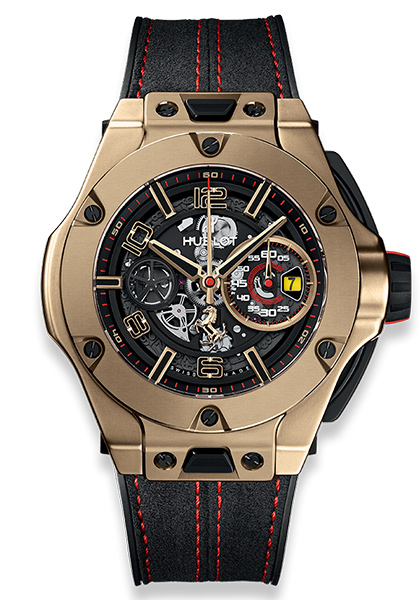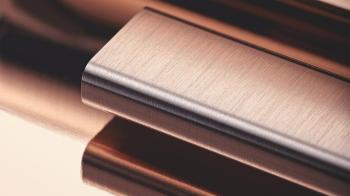Gold as been the preferred choice for smiths since around 5000 BC. Yellow like the sun, it's highly resistant to corrosion and therefore retains its yellow color indefinitely. It is also ductile and dense, i.e. malleable and heavy. And last but not least, it gains a great sheen when polished. In watchmaking as in most of jewelry, gold isn't used in its purest form, known as 24 carat gold. Instead, it is mixed with other materials to create an 18-carat alloy, where pure gold represents 75% of the total weight. The last quarter makes all the difference, not only in terms of color, but also general properties.
So first, let's talk about color. White gold uses pale metals, palladium and silver, to obtain its light gray sheen. But inside the mix, it's still mostly yellow. So almost every brand uses a rhodium-plating finish to make sure gray remains gray...except Chopard, who use a non-plated special alloy. Incorporating high amounts of palladium, it is manufactured inside the smelting facilities of the Chopard Manufacture near Geneva.
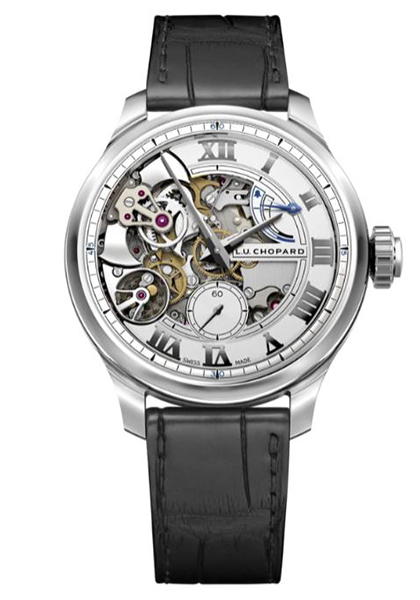
Then come the warm tones, which in turn lead to talking about the Ns. Each N represents 5% of the remaining 25% of the gold alloy. These Ns rely on copper for the color and silver for...well...mass. 1N doesn't really exist, but it would be yellow. 2N gold is the official yellow gold. 3N incorporates a little more copper, which warms up the tone of the metal. 4N is the full-blown rose gold. 5N is sometimes called red gold, even though it's still pinkish.
Copper doesn't really go away because it's in charge of creating the hue. It's the other Ns that make a difference, because they're actually not always made of silver. For example, Rolex uses platinum to create its Everose gold. Platinum betters the anti-oxidation and color stability properties, as well as the perceived value, of the Crown's gold. It is mostly the same recipe Hublot uses with their King Gold. Omega has elected palladium to take on the same tasks under the moniker Sedna Gold.
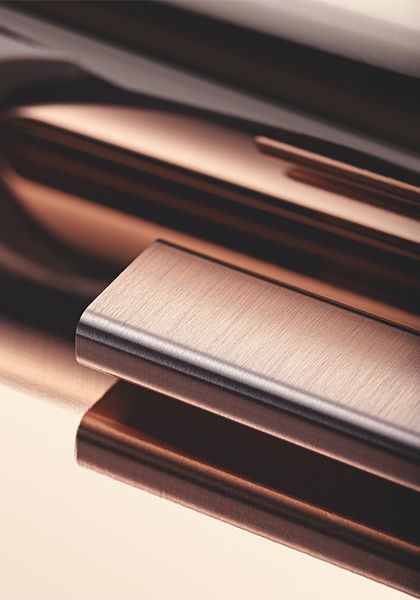
But an alloy isn't all about its components. Other factors make metallurgy an actual science. Witness IWC and their Hard Gold. By working on the granularity of the gold and the conditions under which it is melted, they manage to make it 5 to 10 times harder than traditional 18 ct golds. Back in the early 2010s, A. Lange & Söhne and Chanel had undertaken similar ventures with their Honey and Beige golds, only to drop the ventures altogether. And since gold remains a rather soft metal, it is easy to sandblast, engrave, and everything in between like Audemars Piguet's “frosted gold”, which is in fact hammered.

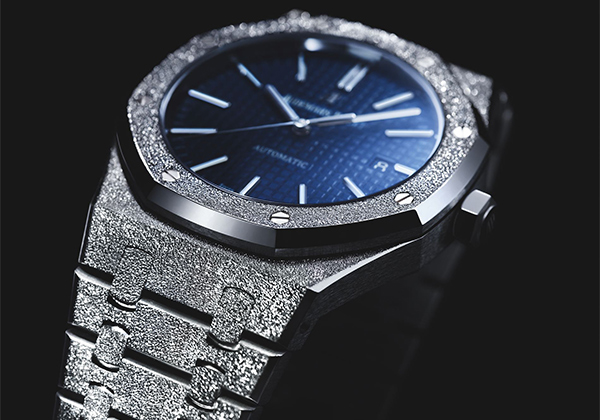
Then there are those who don't use metal for the last 25%. Yes, it's not a given, nor is it an obligation. 18ct gold has to be 75% gold in weight and then innovation comes in. It all started with Hublot and their Magic Gold, where the 25 last percent were a ceramics porous skeleton in which molten metal was injected. On the plus side, it stole the scratch-proof properties of ceramics. But it looked pale, dull, which didn't help its further use. Not everyone has thrown in the towel because a team of researchers from the Zürich Federal Polytechnic Institute are making gold with recycled plastic. Good luck selling that one in the luxury environment...
